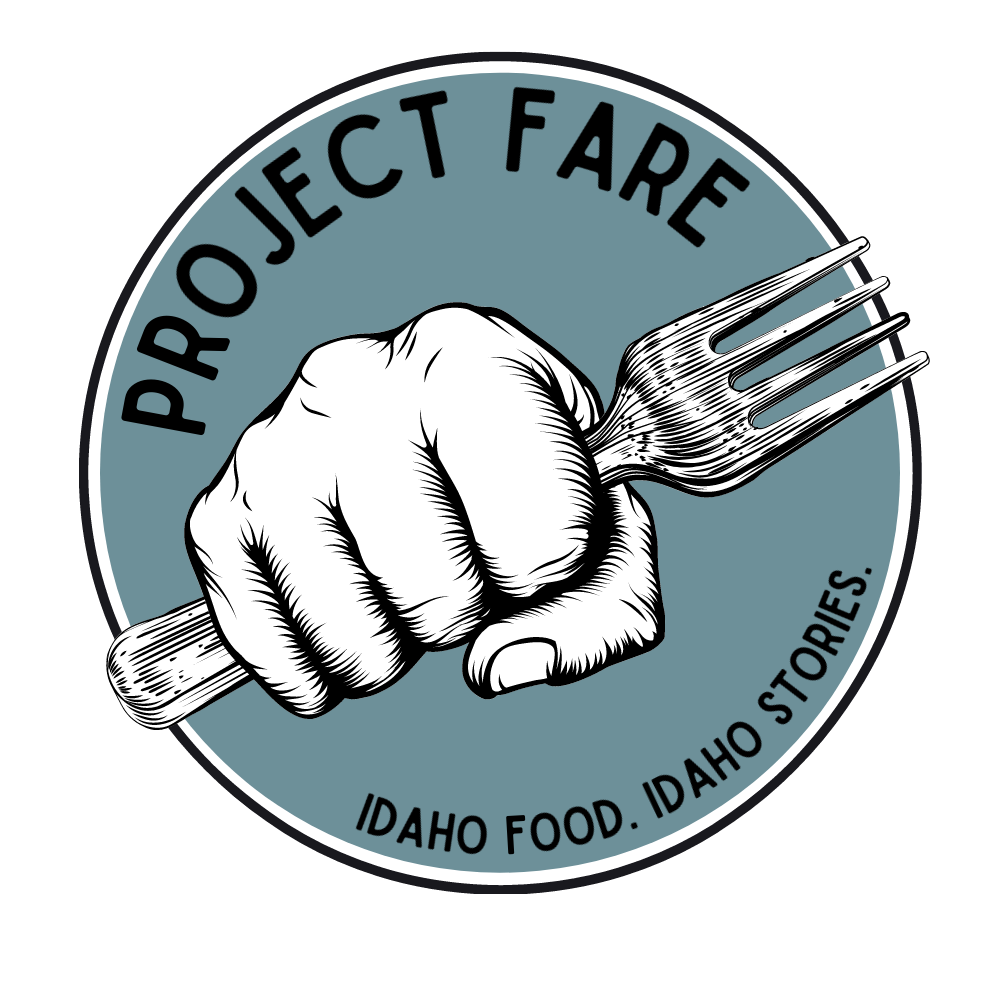Continued development will lead to more ag land lost in Idaho, American Farmland Trust report says
Story by Tara Roberts
A new report from the American Farmland Trust estimates Idaho will convert tens of thousands of acres of agricultural land to urban and rural development in the coming decades—though planners and landowners have the chance to reduce that number.
AFT officials presented the Idaho portion of “Farms Under Threat 2040: Choosing an Abundant Future” in a July 26 webinar. A previous AFT report showed Idaho lost 69,000 acres of farm and rangeland from 2001-2016. “Farms Under Threat” uses that data to inform three scenarios of land conversion from 2016 to 2040.
David Anderson, AFT’s Idaho program manager, said the organization’s goal is to give community leaders and city and county planners tools to “strengthen their understanding of the importance of planning for agriculture,” as well as support farmers and ranchers looking for ways to protect their land.
Three Scenarios for Land Loss
The report’s first scenario continues with 2001-2016 land loss trends, adjusting for population growth in urban areas. At this rate, AFT estimates another 113,100 agricultural acres in Idaho will be converted.
AFT categorizes conversion into higher-density urban commercial, industrial or residential use and low-density rural use (such as subdivisions), which can affect agricultural land by fragmenting farms and ranges, in addition to directly converting it.
The second scenario anticipates 50% more rural land development, driven by remote work and increased urban housing costs—resulting in 146,300 acres of ag land converted.
The third scenario “envisions successful efforts to reduce the footprint of residential and commercial and industrial development on productive agricultural land,” said Cris Coffin, director of AFT’s National Agricultural Land Network.
This scenario includes 25% lower urban development and 50% lower rural development, leading to 64,800 acres converted in Idaho.
On a national scale, this “Better Built Cities” scenario results in 11 million acres of ag land converted in the United States, versus 18.4 million in the scenario following 2001-2016 trends.
“You may be thinking, ‘11 million acres still seems like a lot,’” Coffin said. “AFT recognizes that development, including renewable energy development, is necessary, and the need for affordable housing options is acute. While it may be possible for cities and towns to be even more compact in their growth—and we hope they can be—we chose what we believed was a realistic expectation.”
Areas of Land Loss
Based on the report’s projections, the areas surrounding Coeur d’Alene, Idaho Falls and the Treasure Valley stand to have the most farmland converted to other uses.
Another of the report’s key findings is that nearly half of the land likely to be converted is high-quality agricultural land, Coffin said. AFT created an index of quality based on productivity, versatility and resiliency.
“The loss of this land is especially concerning. This is land that can produce the highest yields of crops and livestock with the least environmental impacts,” Coffin said. “The more nationally significant land converted, the more reliant we become on marginal land for food production.”
The report also projects Idaho will lose 35,000 acres of farmland to solar power uses. Anderson said AFT supports renewable energy, and he hopes this information will lead to a better scenario.
“The real takeaway here is that Idaho Power and our local planning agencies have a significant opportunity to collaborate on the type and location of future solar development, including setting out goals to minimize impact on working ag lands,” Anderson said.
Takeaways for Planners and Landowners
Anderson said he’s concerned Idaho is already on the path to the biggest land conversion scenario—especially with increasing development in rural areas.
AFT and its partners are using the report’s results to encourage “planning for ag,” he said. For example, AFT is partnering with the Idaho Farm Bureau to advance Idaho’s agricultural protection program.
Anderson said other tools for preserving agricultural land include conservation easements, agrotourism districts, zoning ordinances, transfer of development rights programs, and elements in city and county comprehensive plans.
“Agricultural protection is not one-size-fits-all. Every farm, every ranch, has its own unique personality,” he said. “So really what we're about is suggesting that we have a diverse pool of resources available to all stakeholders interested in protecting ag.”
Explore the Data
The full “Farms Under Threat 2040” report is available as a PDF or in an interactive online map format.
Register here for a follow-up deeper dive into the data at 10 a.m. Mountain Time Aug. 11.


